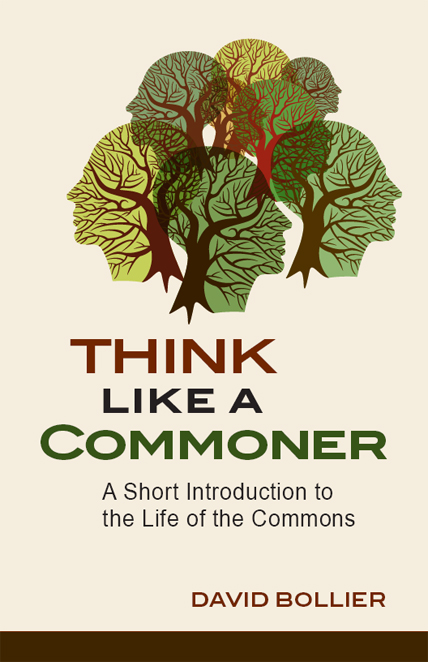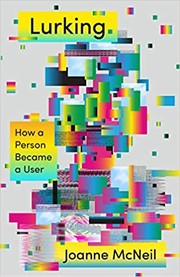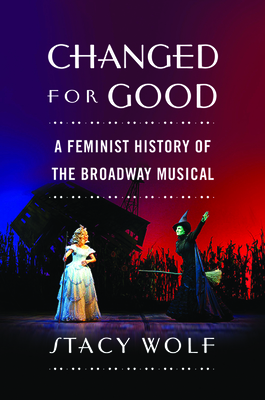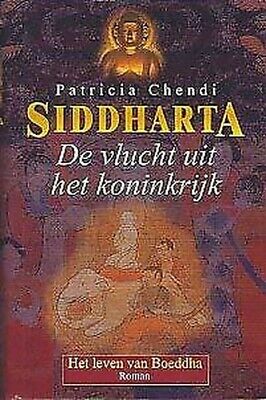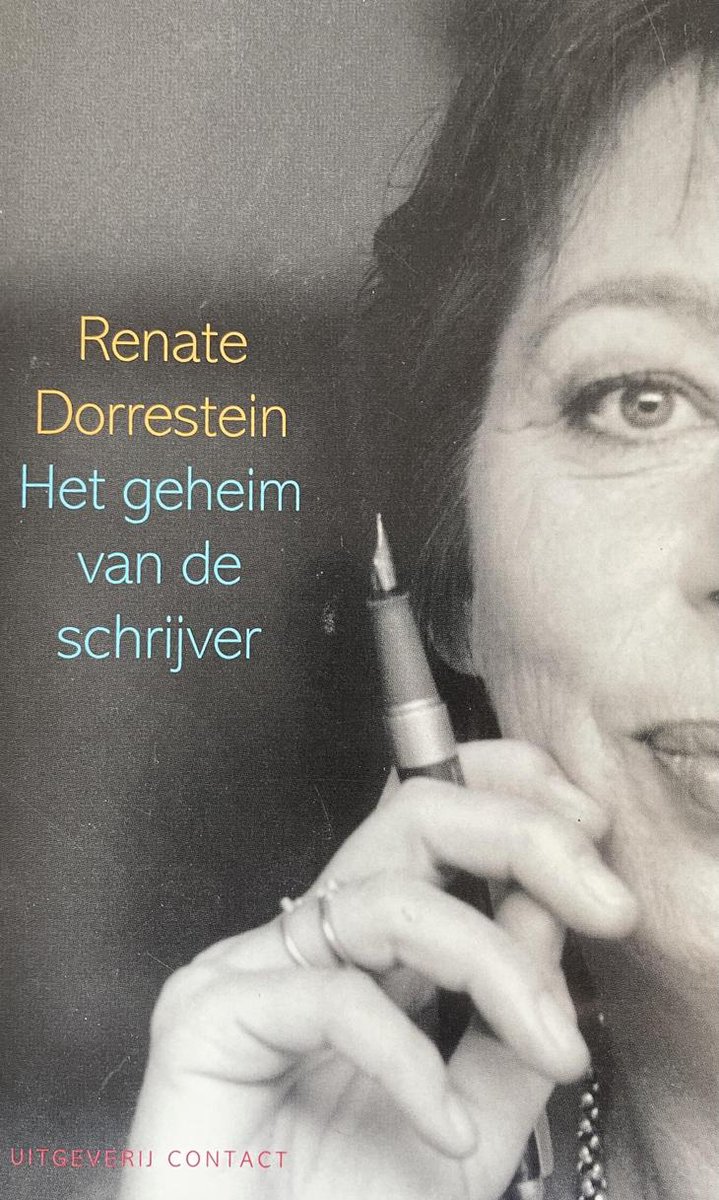User Profile
My usual fare in reading is fantasy and science-fiction, with an occasional foray into historical fiction or biographies.
I recently finished re-reading Mercedes Lackey's Valdemar novels. I also enjoy Jasper Fforde's surrealist humor. And I somehow bored my way through the first book of "The Realmgate Wars".. not bothering with the rest of that series.
This link opens in a pop-up window
2025 Reading Goal
Success! Serg has read 26 of 12 books.
User Activity
Serg started reading The Apothecary Diaries 6 by Natsu Hyuuga
Serg finished reading Het geheim van de schrijver by Renate Dorrestein
Serg wants to read The demon princes (volume 1) by Jack Vance

The demon princes (volume 1) by Jack Vance
The first three books of Jack Vance's "Demon Princes" pentalogy - "The Star King", "The Killing Machine", and "The Palace …
Serg wants to read The Apothecary Diaries 6 by Natsu Hyuuga
Serg finished reading The Apothecary Diaries: Volume 5 (Light Novel) by Natsu Hyuuga
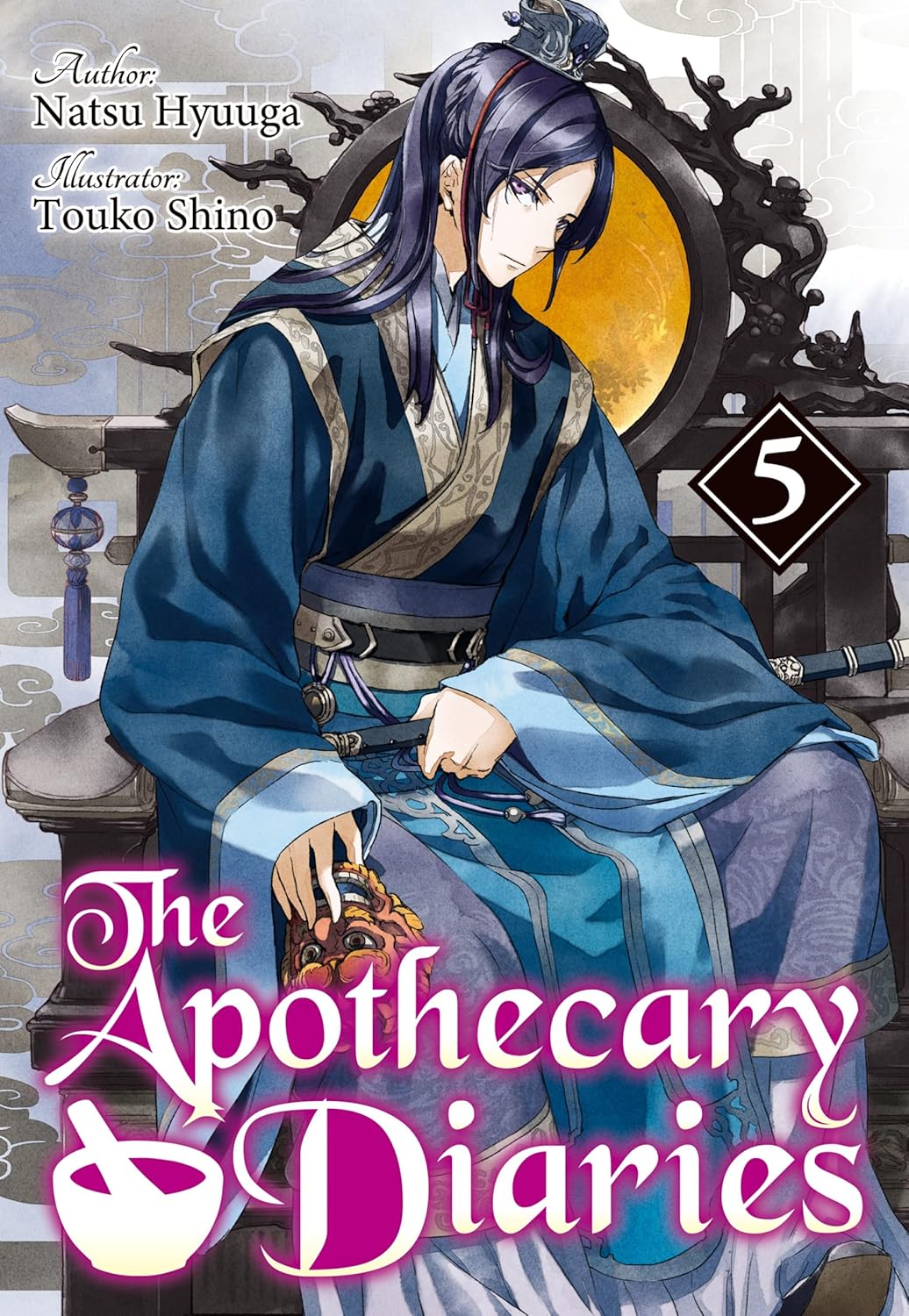
The Apothecary Diaries: Volume 5 (Light Novel) by Natsu Hyuuga, Kevin Steinbach, Touko Shino
The political situation at court has changed: the birth of Gyokuyou’s son has seen her elevated to the status of …
Serg started reading The Apothecary Diaries: Volume 5 (Light Novel) by Natsu Hyuuga

The Apothecary Diaries: Volume 5 (Light Novel) by Natsu Hyuuga, Kevin Steinbach, Touko Shino
The political situation at court has changed: the birth of Gyokuyou’s son has seen her elevated to the status of …
Serg finished reading The Apothecary Diaries: Volume 4 (Light Novel) by Natsu Hyuuga

The Apothecary Diaries: Volume 4 (Light Novel) by Natsu Hyuuga, Touko Shino
Though her main duty is still looking after Consort Gyokuyou, Maomao finds time to help her friends and acquaintances in …
Serg started reading The Apothecary Diaries: Volume 4 (Light Novel) by Natsu Hyuuga

The Apothecary Diaries: Volume 4 (Light Novel) by Natsu Hyuuga, Touko Shino
Though her main duty is still looking after Consort Gyokuyou, Maomao finds time to help her friends and acquaintances in …
Serg finished reading The Apothecary Diaries: Volume 3 (Light Novel) by Natsu Hyuuga

The Apothecary Diaries: Volume 3 (Light Novel) by Natsu Hyuuga, Touko Shino
Maomao must help keep Consort Gyokuyou safe during her pregnancy. An imperial consort being with child is supposed to be …
Serg finished reading Anne of the island by Lucy Maud Montgomery
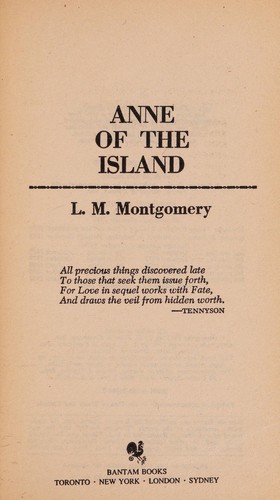
Anne of the island by Lucy Maud Montgomery
Continues the adventures of Anne Shirley and her friends at college.
Serg started reading Anne of the island by Lucy Maud Montgomery

Anne of the island by Lucy Maud Montgomery
Continues the adventures of Anne Shirley and her friends at college.
Serg started reading De geschiedenis van Japan by Bob Tadema-Sporry
Serg wants to read Anne of the island by Lucy Maud Montgomery

Anne of the island by Lucy Maud Montgomery
Continues the adventures of Anne Shirley and her friends at college.
Serg finished reading Anne of Avonlea by L.M. Montgomery
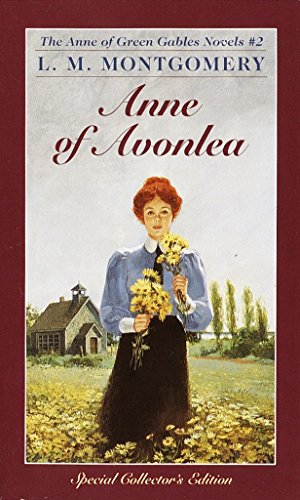
Anne of Avonlea by L.M. Montgomery
When twelve-year-old Anne Shirley came to Avonlea, she quickly won everyone’s heart. Now, she’s five years older, almost a woman, …

